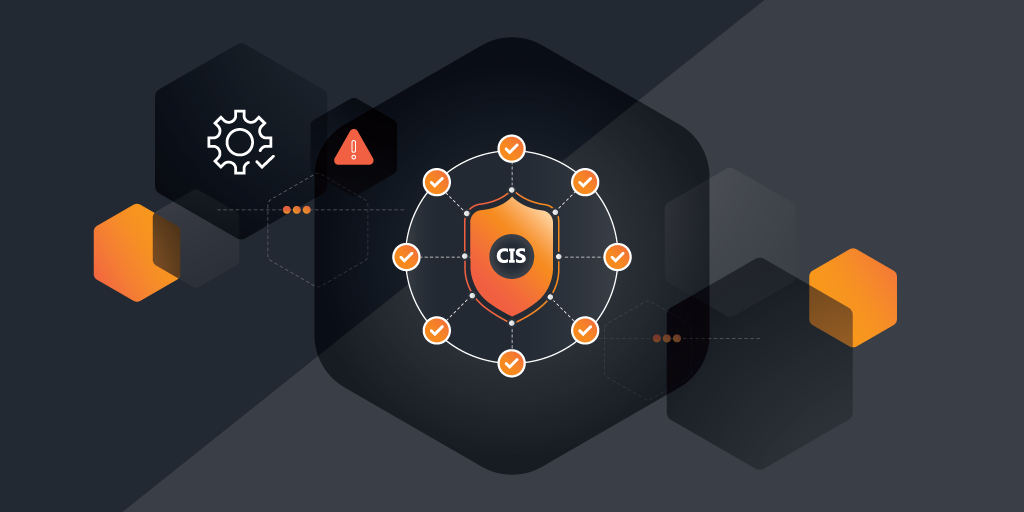
Unlike other complex security frameworks, CIS Controls provide you with clear, actionable steps to immediately reinforce your cybersecurity defenses. The focus is on simplicity and effectiveness—starting with what makes the most impact, like knowing exactly what devices are connected to your network through comprehensive asset management. Without this level of visibility, even the best controls can falter.
How the CIS Controls Came About
In the early days of the internet, cybersecurity was chaotic. Cyberattacks surged, and many organizations lacked clear standards to follow. To address this, cybersecurity experts from various sectors collaborated to create practical, actionable steps for protecting systems. Their goal was to provide a framework that any organization, big or small, could use. In 2008, they released the „SANS Top 20,“ a prioritized list of actions to combat the most dangerous threats. This list evolved into the CIS Controls, benchmarks that are now managed by the Center for Internet Security (CIS), and remain essential for effective cybersecurity.
How Effective Asset Management is Fundamental to the 18 CIS Critical Security Controls
Effective asset management gives you the visibility and control you need to implement and sustain most of the 18 CIS Critical Security Controls. Understanding how asset management supports these controls is key to enhancing your cybersecurity strategy and ensuring your organization is protected from threats.
Here’s how asset management aligns with each of the CIS Controls, enabling you to stay ahead of vulnerabilities and compliance challenges.
- Inventory and Control of Enterprise Assets: Asset management starts here. You need a real-time inventory of all your hardware and connected devices, so every device is accounted for and unauthorized ones are kept off your network.
- Inventory and Control of Software Assets: Just like with hardware, asset management helps you keep track of every application installed in your organization, ensuring you know what’s authorized and where it’s being used.
- Data Protection: With asset management, you gain a clear picture of where your sensitive data lives — across devices, applications, and networked assets. This visibility lets you apply the right safeguards, like encryption and access controls, to protect what matters most.
- Secure Configuration of Enterprise Assets and Software: Asset management helps you ensure every piece of hardware and software follows security best practices, giving you confidence that everything is configured properly.
- Account Management: Knowing which assets are in use lets you manage access better. With proper asset management, only authorized users can access devices and software, enhancing security.
- Access Control Management: A comprehensive inventory lets you enforce access controls with precision, limiting access to only those who truly need it, aligning perfectly with CIS requirements.
- Continuous Vulnerability Management: When you focus on proactively finding and patching weaknesses across your assets, you can reduce potential security gaps. By scanning, identifying, and addressing your vulnerabilities on the regular, you’re more likely to maintain your security and compliance.
- Audit Log Management: Accurate asset management means you can log critical events across all your systems, ensuring nothing slips through the cracks when it comes to auditing.
- Email and Web Browser Protections: By tracking which devices access your email systems and web browsers, you can ensure only secure, authorized assets are part of these critical functions.
- Malware Defenses: Asset management makes sure your antivirus and other defenses are deployed and maintained properly across every device, so nothing is left unprotected.
- Data Recovery: Knowing where your critical data is stored and what systems handle it ensures that your recovery strategies are sound and ready when needed.
- Network Infrastructure Management: With asset management, you control what hardware connects to your network, ensuring only authorized devices are allowed in.
- Network Monitoring and Defense: Asset management gives you the visibility needed to keep a close watch on network activity across all your devices. It allows you to detect suspicious behavior fast.
- Security Awareness and Skills Training: Cybersecurity is not just up to your security team. It is a team effort that involves every employee in your organization. Make sure your entire team is trained and made aware of their role in keeping your network secure.
- Service Provider Management: You need to know which assets are handled by third parties. Asset management keeps you informed, ensuring providers meet your security standards.
- Application Software Security: From development to deployment, asset management ensures that you know which applications are authorized, helping prevent unauthorized software from slipping through.
- Incident Response Management: Don’t underestimate the power of a well-defined, proactive approach! In a security breach, time is critical. With asset management, you can quickly pinpoint which systems are affected, speeding up your response and limiting damage.
- Penetration Testing: Asset management provides the data you need to prove your compliance with the CIS Controls and maintain a strong cybersecurity governance framework.
Simplify your Asset Management with Lansweeper
You can simplify your compliance to CIS Controls with Lansweeper’s powerful asset discovery and managameny. Contact us today, and we’ll walk you through our intuitive tool to help you take full control of your network and asset security with confidence!
See Lansweeper in Action – Watch Our Demo Video
Sit back and dive into the Lansweeper interface & core capabilities to learn how Lansweeper can help your team thrive.
WATCH DEMO